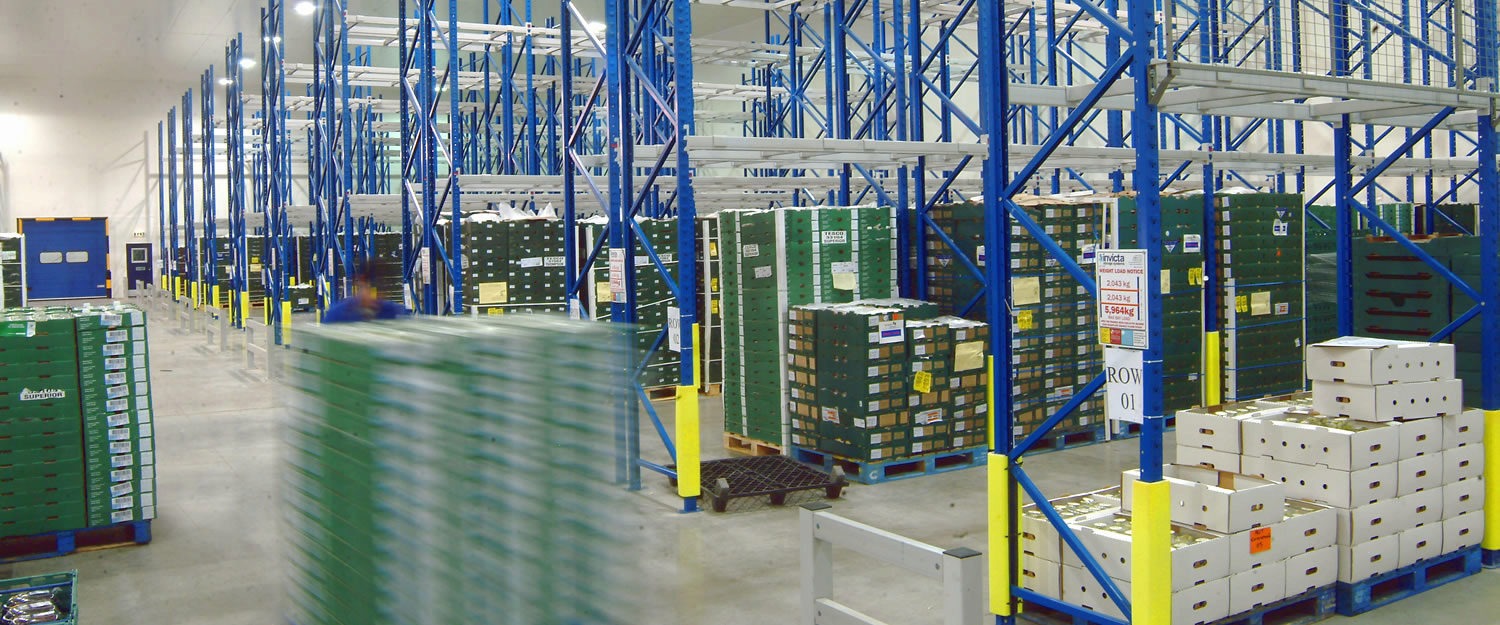For your information
You are being redirected to one of our divisional subsites which contains more detailed information on the required division. To navigate back to the main Invicta Group site, please click the link found in the footer at the bottom of the page.
Why you should be using pedestrian operated forklifts
25th January 2022
Raising the bar
Quick Quote
Contact Mick Coyne
To get a quotation or arrange a free site survey - Call Mick Coyne on
-
 UK
UK
Current location:
Quick Quote
Contact Mick Coyne
-
 UK
UK
Current location:
Forklifts are the workhorses of the warehouse, and are key to commuting all sorts of goods. Yet this crucial piece of equipment is also a persistent safety hazard. Accidents involving forklifts are common, posing both a risk to health and to the integrity of your racking.
While ride-on forklifts are by far the most common form of warehouse industrial vehicle, pedestrian operated forklifts are becoming a more common sight. The increasing flexibility of these forklifts is making them a viable alternative to traditional forklifts – and an ideal way to improve warehouse safety.
What are pedestrian operated forklifts?
Most traditional forklift trucks are what’s called ‘ride on’. Much as it sounds, this means that the driver rides on the forklift, driving it as if it were a car or similar vehicle. These kinds of forklifts can vary dramatically, but most will have a diesel or electric engine which powers the vehicle, with the operator using a wheel and controls to direct it.
Pedestrian operated forklifts by contrast are not ‘ridden on’. While they will usually have some kind of engine to help drive them, they are essentially wheeled around by the operator, and directed by hand. Pedestrian operated forklifts are generally much smaller than ride-on forklifts, and are thus easier to control and less prone to deal damage to racking.
Until recently, pedestrian operated forklifts were more limited in their usage than ride-on forklifts, with less flexibility as to the weights and sizes of pallets they could carry. These disadvantages are steadily being solved, however, making pedestrian operated forklifts a more attractive option for a wider variety of warehouse environments.
What are the advantages of pedestrian operated forklifts?
Traditional forklift trucks have an advantage in terms of usability, as they are similar to conventional cars. However, they also have the downsides of a conventional car. Driving them requires a degree of skill and caution, with the potential for errors to cause a dangerous crash, either into racking or pedestrians. The use of fuel engines also creates pollution within the warehouse environment that can imperil the health of workers.
By contrast, pedestrian operated forklifts are much easier to control, being guided rather than driven by the operator. Their smaller stature and lower speed makes them less likely to hit people or structures, and less likely to do serious damage in the event that this occurs. They are also static while raising or lowering their ‘lift’, reducing the likelihood of colliding with the racking.
While pedestrian operated forklifts may be smaller than ride-on forklifts, this doesn’t mean they are worse at handling loads. New designs for pedestrian operated forklifts mean they are increasingly able to support heavy pallets, with the Combi-PPT powered pallet truck supporting loads up to 16 tonnes. These forklifts actually have an advantage in this regard: as there is no driver cab, their weight can be more centralised, meaning there’s less risk of toppling over due to an imbalanced load.
What are the disadvantages of pedestrian operated forklifts?
The clearest disadvantage of pedestrian operated forklifts is the cost of investment. Most businesses will already be using conventional ride-on forklifts, and switching over will require some retraining and reorientation of employees. However, these costs could partly be covered by selling the old vehicles, or repurposing them elsewhere.
The use of pedestrian operated forklifts may also require a rethink of your warehouse space. With few or no ride-on forklifts required, the dynamics of the warehouse could change considerably, from the width of aisles to the need for warning signs, walkways and crossing points. This could be a positive opportunity to save space, but it does also add a layer of initial investment.
While they have come a long way, pedestrian operated forklifts may also not be suited to every scenario. Particularly heavy or awkward loads may still benefit from ride-on forklifts, and you may have specialised forklifts that are designed for certain tasks. Narrow aisle racking for instance may require a particular forklift design that not all pedestrian operated forklifts can accommodate.
How to implement pedestrian operated forklifts in your warehouse
The precise way you implement pedestrian operated forklifts in your warehouse will depend on which forklifts you opt for. Different types are available for different racking formats as well as different pallet sizes and weights, all of which will affect the proportions of the forklift. A pedestrian operated forklift which needs to lift large and heavy pallets will naturally be larger and bulkier, although not as large or as bulky as an equivalent ride-on forklift would be.
Generally speaking, however, pedestrian operated forklifts will give you more room to play with, as they will not take up as much aisle space as traditional forklifts. This presents an opportunity to switch to a higher density pallet racking format, such as narrow-aisle racking. A shorter forklift may also allow you to fetch pallets from the back of a system such as double-deep racking by driving it into the racking, with the potential to as much as double your available storage space.
This may also prompt a rethink of the dynamics of your warehouse space. If you did opt to maintain your current aisle widths, there may be room to implement a two-way system, or to use the added space to create additional pedestrian walkways. You may also need to think about aspects of the infrastructure designed for traditional forklifts, such as loading bays and maintenance and storage areas.
—
Pedestrian operated forklifts are one of the most exciting developments in industrial transport in some time, and have the capacity to change how we think about warehouse design and operation. If you’re thinking of adopting pedestrian operated forklifts and are looking to optimise your pallet racking, get in touch with Invicta Racking and arrange a free site visit.
Accreditations & Affiliations







Start your project
Tell us about your project. Please complete this form. One of our sales team will come back to you with more details. If you prefer, you can drop us an email.




Share/Like this page